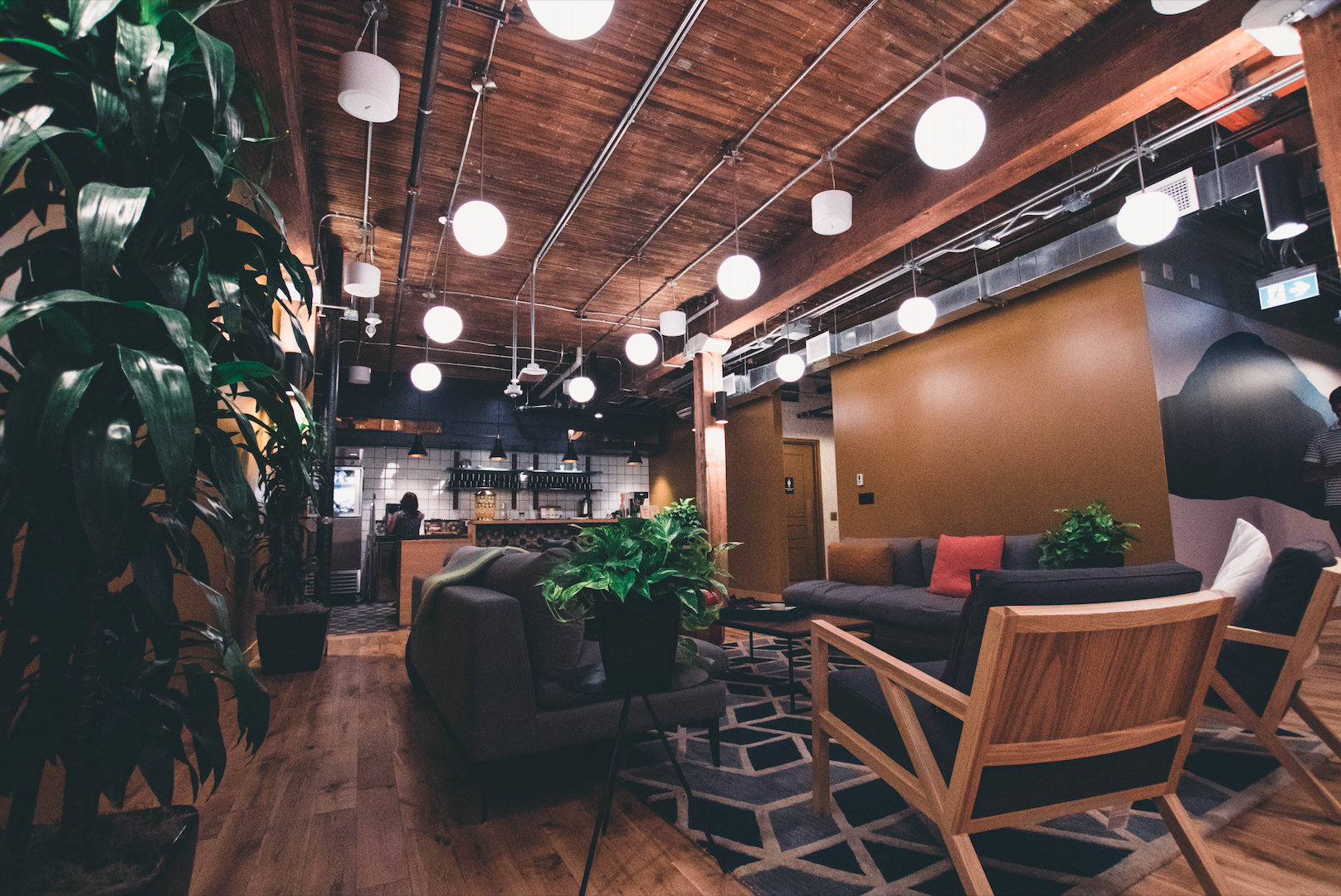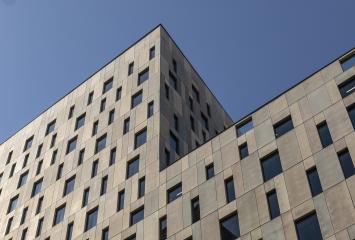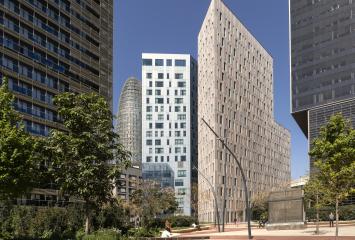The office of the future
How do we imagine the office of the future? How do we want the new workspaces to be? The technology, the people and the space itself are decisive factors that will define the design of the office of the future.
In a few years we will see how companies become more flexible, collaboration will prevail over individual work and mobility will predominate over being static. Gone is the concept of the specific and fixed workspace, instead, employees will be encouraged to move around the office, change desks, talk with colleagues to encourage camaraderie and debate ideas.
Use of technology, commitment to sustainability, digitalisation of companies, compatibility between professional and personal life and workspace design will define what the office of the future will be like.
Technology
The office of the future is destined to become a fully connected virtual space. In addition to facilitating work, mobile phone apps will also be used to regulate office temperature, monitor the use of building’s spaces and reserve meeting rooms.
Office furniture could be adapted to each worker thanks to 3D printing, and "the Internet of things" will be increasingly present in offices. The same will occur with augmented reality and virtual reality; the use of this technology will be increasingly integrated into work processes.
Sustainability
A study by Harvard revealed that offices with improved ventilation, more natural light and moderate temperatures boost the productivity of employees. There will be more green spaces in the office of the future, providing a more oxygen-rich atmosphere, which means less artificial ventilation.
The use of bio-digital architecture will be encouraged. Among the practices of this technology include the use of algae that grow depending on exposure to sunlight. As a result, the algae provide more shade in the summer and less in the winter, which results in a stable building temperature throughout the year.
The office of the future will take advantage of rain water and will re-use it in the toilets, reducing the water consumption of the building. It is also expected that wind power will be used even more.
Future generations will be much more demanding and will question much more what a company is doing to tackle climate change. The creation of a good-quality work environment and more responsibility in terms of sustainability, will be positive for companies and for the environment.
Employees and workspaces
Flexibility and the possibility of choosing where and how to work according to the type of activity that the employee is doing at any moment will be the basis of the office of the future. It will be as important to promote areas that encourage collaboration among employees as it will be to promote individual spaces for tasks that require high levels of concentration.
The design of the workspace will always be functional and flexible to the needs of the company and will prioritise the well-being of employees. This is helped by the creation of inspiring spaces and the use of art in the offices, which generate more creative environments and increase desire to belong to the company.


